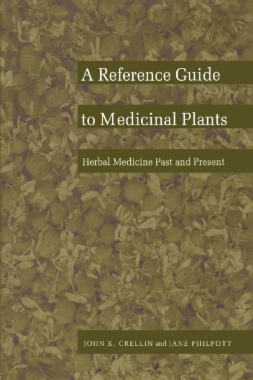Reissued as a companion edition to Trying to Give Ease: Tommie Bass and the Story of Herbal Medicine, this illustrated reference guide covers over 700 medicinal plants, of which more than 150 are readily obtainable in health food stores and other outlets. Based on the Appalachian herbal practice of the late A. L. "Tommie" Bass, each account of a plant includes the herbalist’s comment, an assessment of the plant’s efficacy, and current information on its chemical constituents and pharmacological effects. Unlike most herbal guides, this is a comprehensive, fully documented reference work that interweaves scientific evaluation with folkloric use.
- Contents
- Preface (1997)
- Introduction
- Glossary of Chemical, Pharmacological and Pharmaceutical Terms
- Monographs
- Annotated Bibliography
- Index

